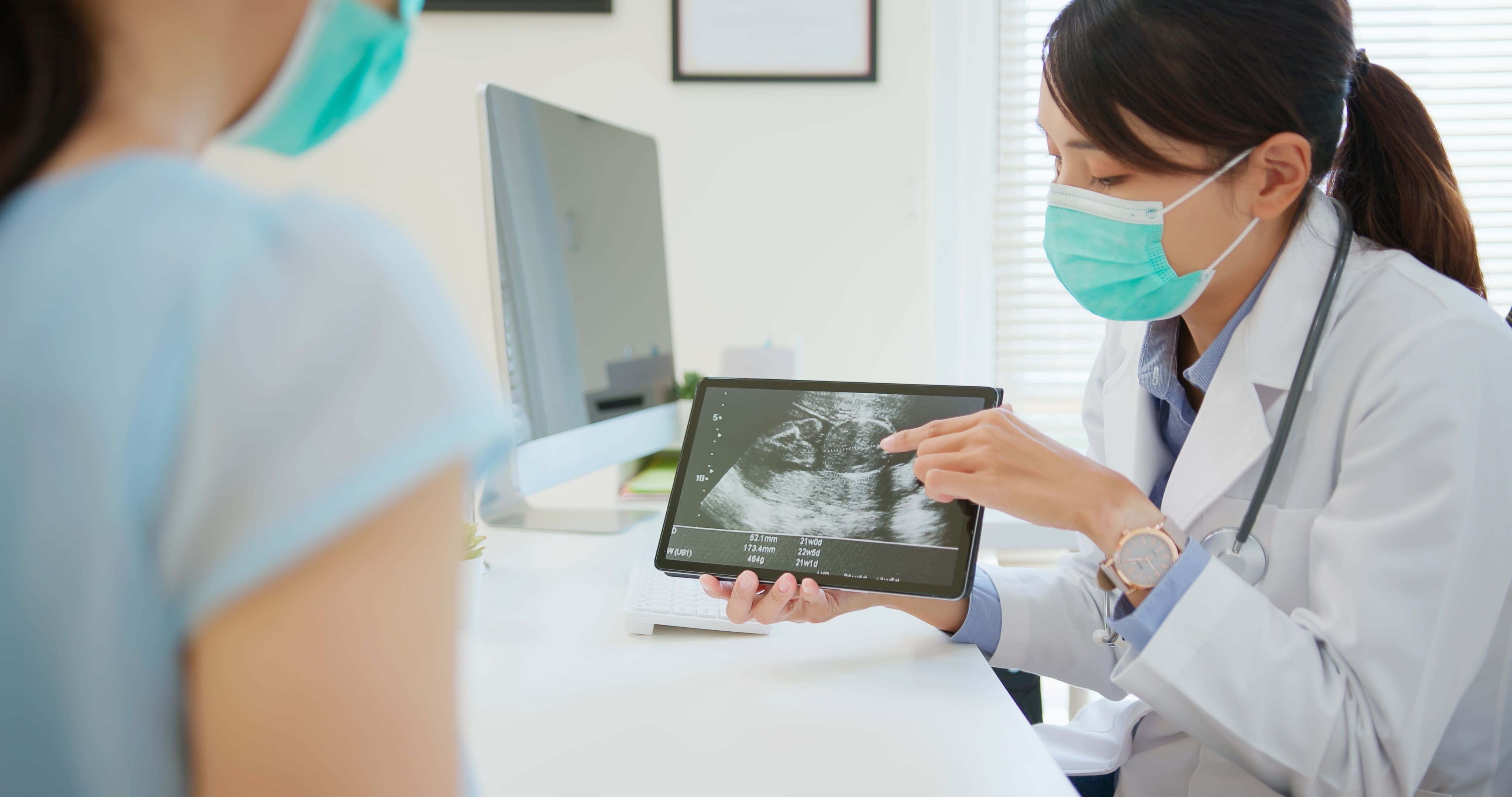Low ovarian reserve is a common concern in fertility care, but it doesn’t mean the door to parenthood is closed. It means time and strategy matter more—and that with the right plan, many women still succeed.
What Is Ovarian Reserve?
Ovarian reserve refers to the quantity and quality of eggs remaining in a woman’s ovaries. Women are born with all the eggs they will ever have—about 1 to 2 million at birth. By puberty, that number drops to around 300,000–400,000. Each month, dozens of eggs are recruited, but only one is typically ovulated.
As women age, both egg count and egg quality naturally decline. “Low ovarian reserve” means fewer eggs are available than expected for a woman’s age.
How Is Ovarian Reserve Measured?
Doctors use several tests to estimate ovarian reserve:
- AMH (Anti-Müllerian Hormone)
- Produced by ovarian follicles.
- A low AMH suggests fewer eggs remaining.
- Antral Follicle Count (AFC)
- Ultrasound count of small resting follicles in the ovaries.
- FSH (Follicle-Stimulating Hormone)
- High levels on Day 3 of the cycle may indicate the ovaries need more stimulation to grow eggs.
These tests don’t measure egg quality, only numbers—but they help guide treatment planning.
Why Does Ovarian Reserve Decline?
- Age: The biggest factor; decline accelerates after 35.
- Medical conditions: Endometriosis, autoimmune diseases.
- Surgeries: Removal of ovarian cysts or tissue.
- Genetics: Family history of early menopause.
- Cancer treatments: Chemotherapy or radiation.
What Low Ovarian Reserve Means for Fertility
- Natural conception may take longer because fewer eggs are ovulated.
- IVF may yield fewer eggs per cycle, sometimes requiring more than one cycle.
- Egg quality may also decline with age, increasing miscarriage risk.
But here’s the hopeful truth: Pregnancy is still possible. Many women with low ovarian reserve do conceive—with their own eggs or with the help of assisted reproductive technologies.
What You Can Do
1. Act Sooner Rather Than Later
If you’ve been told you have low ovarian reserve, time matters. Seeking advice early helps maximise options.
2. Consider Fertility Preservation
Egg freezing may be recommended for younger women diagnosed with low reserve. Freezing now preserves options for later.
3. Explore Treatment Options
- Ovulation induction: Medications may help stimulate ovulation.
- IVF: Allows multiple eggs to be retrieved and embryos selected for transfer.
- ICSI: May help if egg quality is also affected.
- Donor eggs: For some, donor eggs may offer the highest success rates.
4. Lifestyle Support
- A balanced diet, supplements (like CoQ10), exercise, and avoiding smoking or excess alcohol may support egg health.
- While lifestyle can’t increase egg numbers, it may support quality.
Emotional Considerations
Hearing “low ovarian reserve” can feel devastating—but it’s not a sentence, it’s information. Claire described her shift in thinking: “At first I felt like my body had betrayed me. But then I realized—it wasn’t about giving up, it was about working with what I had.”
Support groups, counseling, and open conversations with partners and doctors can make this journey less isolating.
Questions to Ask Your Doctor
- What do my AMH and AFC results mean for me specifically?
- How many IVF cycles might I realistically need?
- Would you recommend egg freezing, IVF, or donor eggs?
- What lifestyle steps may improve my chances?
- How urgent is it for me to start treatment?
Important Disclaimer
Fertility preservation and donor egg options are subject to country-specific regulations. This article is for educational purposes only and does not replace medical advice. Always consult with a licensed fertility specialist to understand your personal options.
Final Thoughts
Low ovarian reserve doesn’t mean no hope—it means making informed,timely choices. With the right treatment, lifestyle support, and emotionalcare, many women still achieve their dream of parenthood.
For Claire, understanding her ovarian reserve was less about fear andmore about strategy. And with the right plan, she discovered that even withfewer eggs, her chances were not gone—they were simply different.
Because in fertility, knowledge is not the end of the story—it’s the first step toward creating new ones.


